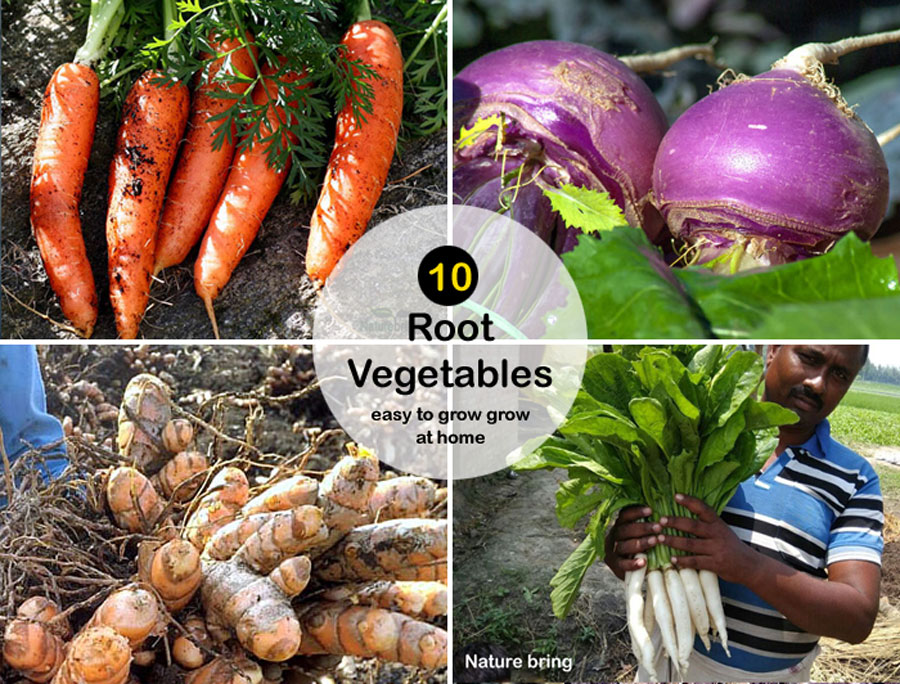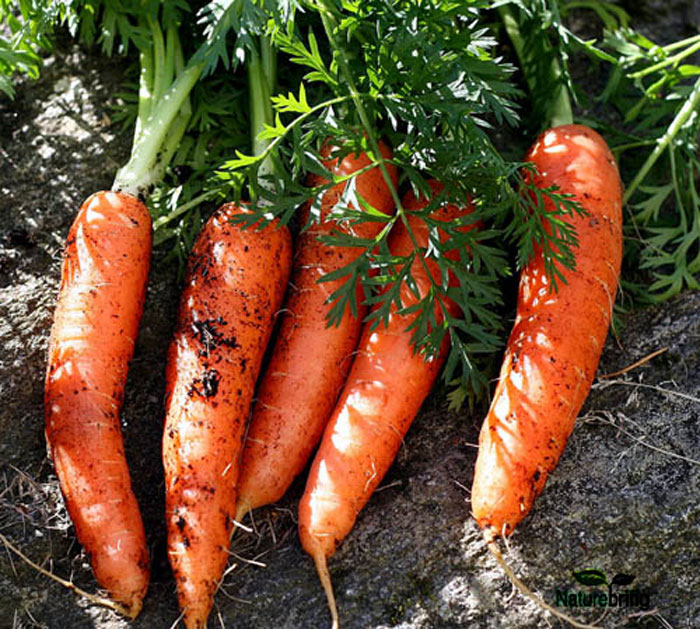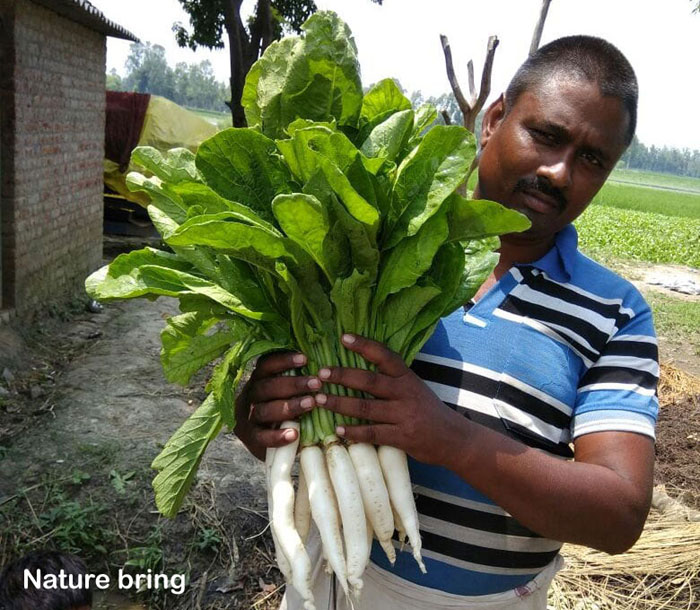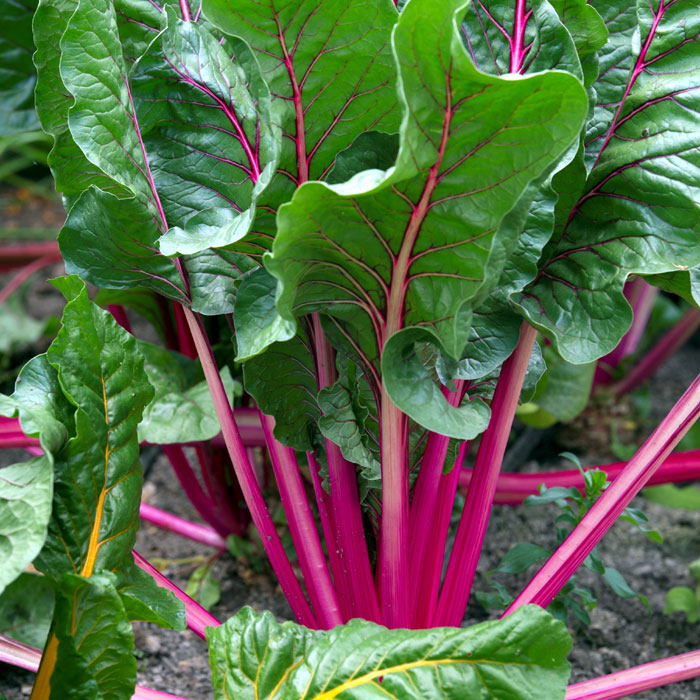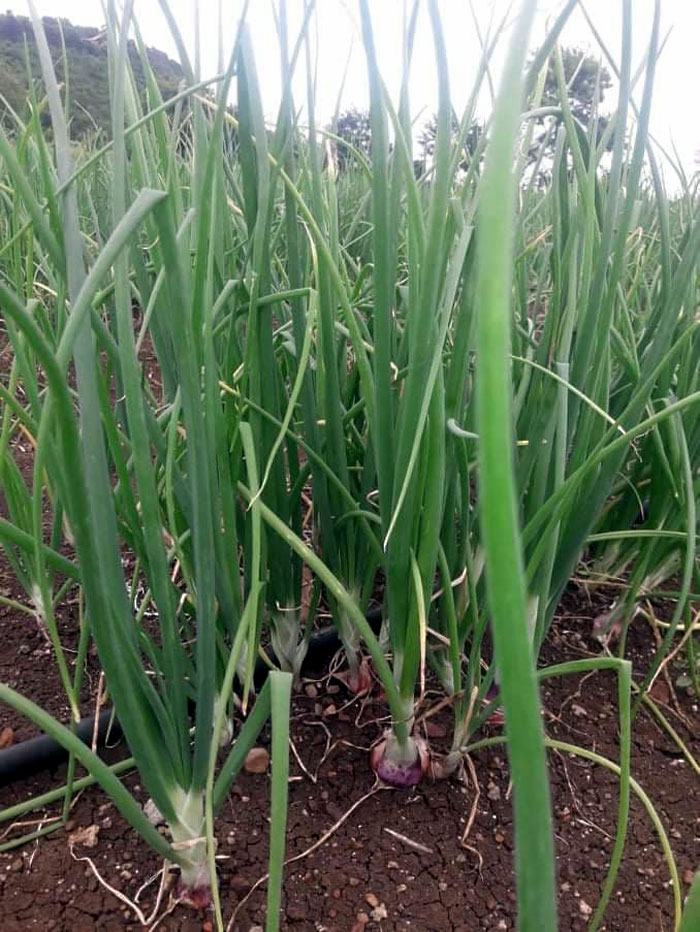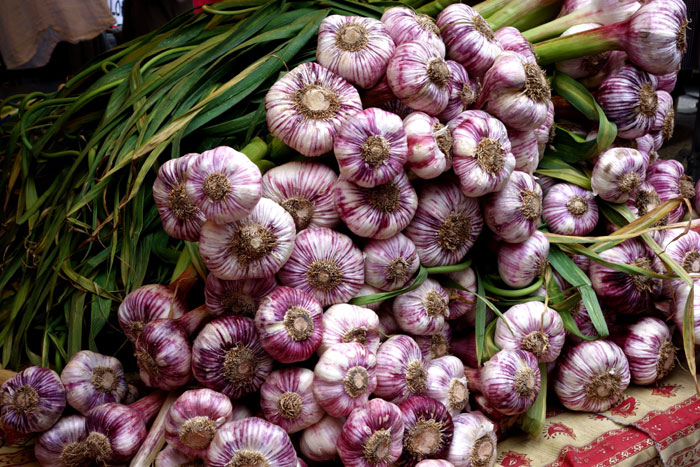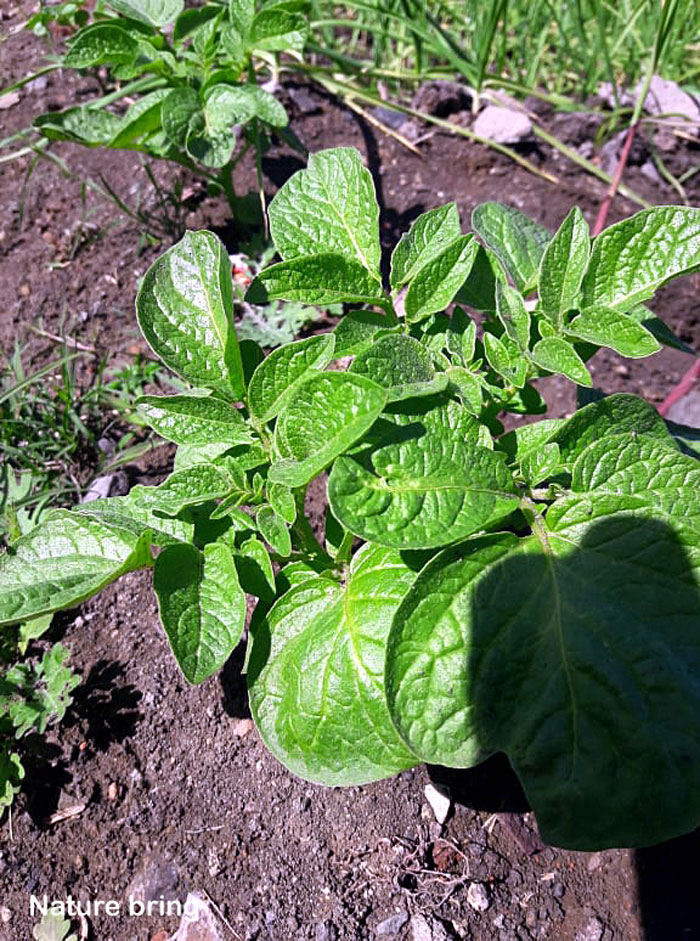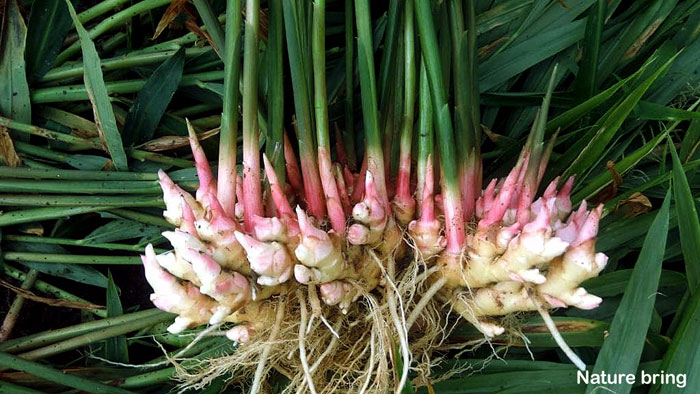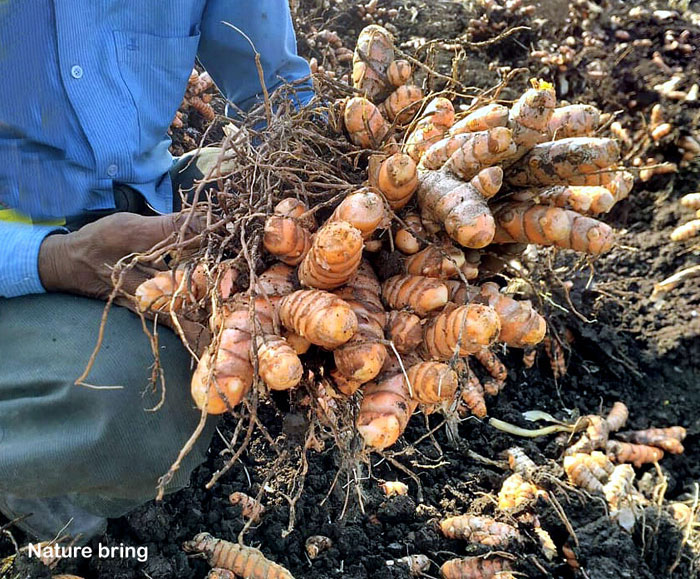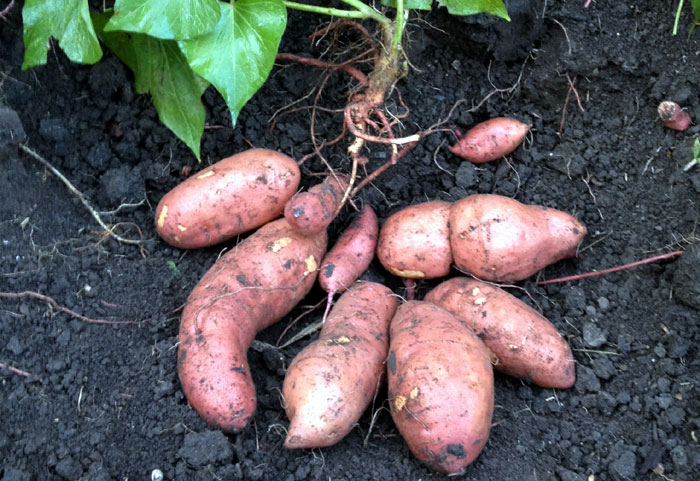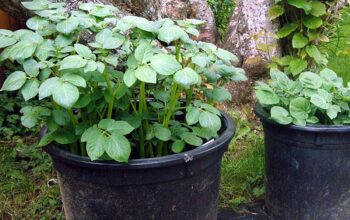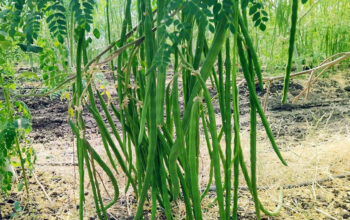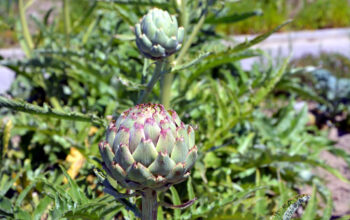Root Vegetables
Before starting the kitchen garden, you definitely get the idea that which vegetables are easy to grow? If you have less space then suitable vegetables for pots and if there is a field then separate vegetables for that. Here we are telling you some how to grow root vegetables easily in your kitchen garden.
Ginger, carrots, radishes, beets, and turnip such root vegetables that you can grow in the garden or containers. But for its roots development, the soil must be loose enough, otherwise its roots will be deformed and will not get enough growth.
For growing root vegetables, such as carrots and radish, patience, belief, and some knowledge of growing conditions is necessary. See the following tips for successfully growing the root crop. It is a hardy plant, so you can sow it anytime from late May to late July.
1. Carrot
Think about the seeds before you start developing carrots (Root vegitable). Let us consider sowing seeds directly in the garden instead of transplanting. You want to grow it with heirloom seeds or by open polled seeds. If you want more production and best quality then you should use heirloom seed.
Some things require attention while growing carrots. For example, maintain optimum pH level above 5, use sandy well-drained, loamy soil. Water your carrot plants regularly, keep moisture in the soil, and feed organic nutrients. Read more.
Scientific name Daucus carota
Common name Carrot
Soil Sandy well-drained, loamy soil
Zone 4-10
2. Radishes
The radish plant has an edible root, which is from the Brisicaceae family. It has many varieties, varying in size, color and taste. It is a hardy cool-season vegetable and grows very quickly. Radish plants mature in about 20-22 days, due to which many crops are taken.
Radish was probably native to China, but today it is the staple food of Japan. Today it is consumed globally, most people use it as a crunchy salad or vegetable.
Scientific name Raphanus sativus
Common name Radish
Soil Sandy, loam
Zone 2-10
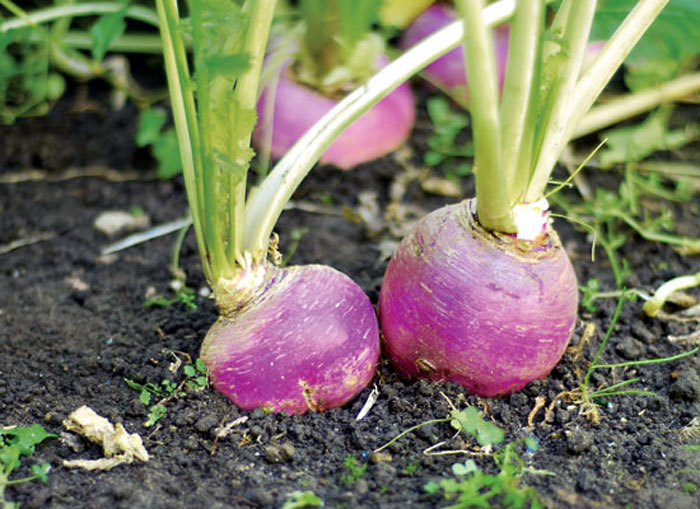
3. Turnips
Turnip is a root vegetable Like beets. It is used for both greens and bulbs. Its crops mature in about 2 months, so you can get more than one crop in the weather. In cold weather, its bulbs perform well in 60 degrees F, so people like to plant early spring and autumn crops. This very old root vegetable, which is being grown for almost 3,000 years.
Scientific name Brassica rapa
Common name Turnips
Sun require Full Sun
4. Beetroots
Beetroot is the taproot portion of the beet plant, usually known in North America as the beet, also table beet, garden beet, red beet, or golden beet. Red beetroot is not only beautiful but also keeps your skin healthy severity. It used mostly as salads. If regular use, it increases the amount of hemoglobin in the body. It’s known for large root valve and large leaves, these plants survive cold and almost freezing temperature.
Botanical name Beta vulgaris
Common name Beetroot
Soil type loamy Sandy soil
Hardy zone 2- 10
05 Onions
Planting shallots are very simple, do not need to grow onion from seed. If you have onion, then chop the top onion and plant the bottom in the soil. After some days the onion gets sprouted from the cutting. You just have patience time and plenty of water. You can grow onions in 90-120 days from the onion seeds. We do not advise to develop onion from seeds, use onion sets, which will ensure you from the damage caused by the cold and will have higher success compared to seeds or implants.
Scientific name Allium cepa
Common name Onion, shallots
Soil Any, Sandy Loam soil
Zone 9-11
06 Garlic
You can grow many different kinds of garlic plants, such as the White Pearl, Lautrec Wight, and Purple Moldovan Wight. Garlic plants can be planted indoors in containers, where it can be grown in most seasons. Planting in containers indoors can also limit the garlic’s exposure to disease or insects. The plant does take attentive care and the right materials to grow a healthy, flavorful plant.
Scientific name Allium sativum
Common name Garlic
Soil fertile, well-drained soil
Zone 5-8
07 Potatoes
Apart from the other green vegetables, if you get potatoes at home only then it will be better in both taste and quality than in the market and store kept potatoes. To plant the house, you can start the upcoming varieties. It requires a quiet climate, so in hot climatic areas, it is grown in cold weather.
Potato plants prefer full sun, so the plants in containers require at least 6 to 8 hours of sunlight.
Scientific name Solanum tuberosum
Common name Potato
Soil Sandy soil
Zone 1-7
08 Ginger
Ginger (Zingiber Officinale) is native to the Indian subcontinent of South Asia. It is the largest producer of India, China, and South Asia. The ginger plant is about 3 feet in height, you can grow it in a pot or in your yard. Zingiber Officinale can be produced throughout the year, it takes 10 months to mature. These plants prefer warm climatic conditions and give good results. In frost, you can grow it indoors in a pot and bring it out in the warm season when the temperature is high. Early spring is the most suitable season for growing in containers.
Scientific name Zingiber Officinale
Common name Ginger
Soil Rich and well-drained
Zone 8-12
09 Turmeric plant
Turmeric (Curcuma longa) is a herbaceous plant of the ginger family, native to Southeast Asia. The annual rainfall is beneficial for this. These are propagated by rhizomes. You can use fresh turmeric in your own dishes and in beauty products. Nature Bring is sharing information about the easy way of growing turmeric plants.
It is good to have loam soil with organic abundance. For this, drainage should be good. This plant likes moisture, so you can use a mulch to retain moisture. The month of September or October is suitable for growing turmeric, at this time it is available in hot soil.
Scientific name Curcuma longa
Common name Turmeric, Haldi
Soil Loamy and well-draining
Zone 8-11
10 Sweet potato
Sweet potato vines are very ornamental and attractive root vegetables. Its plants are tropical and are very sensitive to cold. Sweet potatoes are more like cool soil than other potatoes. Many gardeners, after the frost of last spring, when the air and soil are both warm, this plant produces lush vines and becomes a cover of beautiful ground.
Sweet potato vines are not produced by seeds like other vegetables, they start with slips. These slips and shoots are available in a mature potato. Read more.
Scientific name Lpomoea batatas
Common name Sweet potatoes
Soil Loamy- well-drained
Zone 8-9
Read also:
How to grow Salvias. How to grow Pencil cactus plants. Growing ginger in pots. Foxtail fern growing and care tips. Growing Guduchi at home. 07 easy growing purple vegetables. Growing Peace lily plants. 09 Fast growing vegetables. Boston fern growing and care guide.
For Pin

